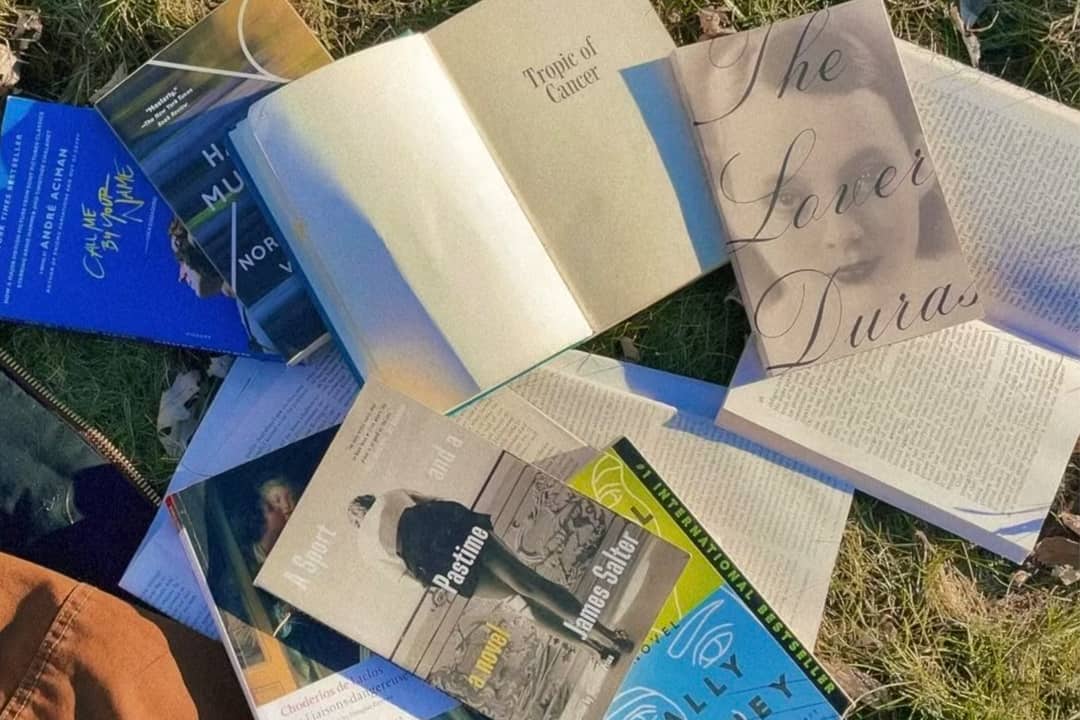In the fiction section of every bookstore lies a towering shelf of Harlequins. This cascade of erotic romances, synonymous with glossy covers, provocative plots, and on-the-nose titles like In Bed with the Boss — yes, that’s a real book — are the unsung heroes of airport bookshops.
Although Harlequins are generally thought to be most popular with older women, platforms like Tumblr, Wattpad, and most recently TikTok have brought in a new generation of interest towards erotica. Like its predecessor, this new wave of erotica has its own set of tropes.
The content of a Wattpad romance novel is often so closely in adherence with its own set of cliches that the cliches themselves have become a sort of formulaic genre system. Examples include the “enemies-to-lovers romance,” the “fake dating trope,” and even the sensationalist “mafia romances.” While Wattpad, Harlequin, and similar popular romance novels can be fun, they often present trite, highly commercial plots.
This is not to disparage romance as a genre, which has historically catered to women, but rather to explore beyond the modern Wattpad romance into genres of literary romantic fiction with notable authorship.
This exploration into the literary romance genre explores books with broader scopes and nuanced writing — still appropriately salacious but with an examination of desire in the context of social complexities and evolving interpersonal relationships.
The classics: Delta of Venus, Little Birds, and the evocative Anaïs Nin
Anaïs Nin’s erotic memoir is a linchpin in the development of the transgressive, modern writer. Nin writes not only about the physicality of sex but also about its ability to be a vessel to craft narratives from unorthodox and provocative experiences.
Nin’s memoir discusses the zeitgeist, psychology, and celebrity culture of the ’60s. Her short stories in Little Birds and posthumously in Delta of Venus are staples amongst modern works unveiling women’s desires. Each story is highly evocative and filled with lush, poetic prose on gender politics and sexual identity. Despite their controversies upon release, Nin’s works are now a touchstone to the erotica genre.
Navigating desire for the modern milieu: Henry Miller and James Salter
Henry Miller, like his collaborator Anaïs Nin, experienced no shortage of controversy when he published Tropic of Cancer; Tropic’s working title — Crazy Cock — can attest to its supposed obscenity for its 1934 debut. A thinly veiled semi-autobiographical narrative, Miller’s descriptions of expatriate writers in the Parisian underworld carry a hedonistic, unhurried quality, creating a sensual mise-en-scene that eclipses even the most explicit scenes.
Similarly, James Salter’s A Sport and A Pastime explores an American expat’s relationship with a French woman — perhaps a trope of its own — with writing so intricate, so abrupt, and yet so tactful that it can only be compared to Ernest Hemingway. Pastime’s unnamed, unreliable narrator, separate from the central lovers, weaves their clandestine memories of the two with expressions of their own longing. Salter’s understated writing makes this a personal favourite.
The contemporary: Sally Rooney’ and André Aciman
Sally Rooney, once described as the “Salinger for the Snapchat generation,” closely writes about the complexities and foibles of young relationships. Like everyone else, I found myself predictably obsessed when Normal People was released.
Though her two previous novels — Normal People and Conversations with Friends — were praised for their sensitive portrayals of young sexuality, Beautiful World, Where Are You is a testament to Rooney’s growth, depicting matured relationships, and it is, by far, the most salacious of the three novels.
In a part-epistolary, part-novelistic fashion, Rooney ruminates on broad topics such as love, class, and climate change to the more esoteric, like the purpose of aesthetics or the history of the Bronze Age. Though the characters are gravely aware of the world at large, there is no post-modernist angst within them; Rooney’s characters meaningfully search for connection with the help of her romantic dialogue and witty, irreverent prose.
André Aciman’s lyrical, introspective writing in Call Me By Your Name (CMBYN) similarly explores young love. CMBYN’s protagonist’s rich inner life depicts self-discovery, art, and the transience of time through his love affair. Lush prose renders the Italian villa where the characters reside; the protagonist’s relatable inaction to love is portrayed with tenderness.
Literary memoirs: Annie Ernaux and Simple Passion
It is no surprise that Annie Ernaux’s magnetic prose and highly introspective memoirs won the Nobel Prize for literature in 2022. Ernaux’s prose is unflinching and honest; her direct style is a reminder that she pens unembellished stories. Despite the austere quality to her writing, Ernaux’s Simple Passion is sensual and heartbreaking, depicting her affair with a married diplomat.
Her understated writing on love and obsession is nearly radical; Ernaux’s prose takes our universal experiences with love as a topic worth contemplation without any wry cynicism. She serves as a comforting revelation that amid the complexities of our shared human experiences, there is an innate understanding that says, “It’s all going to be okay.” Her narrative offers solace in the intellectual embrace of our collective emotional experiences.
The works above invite readers to explore romance and desire as a facet of the human condition. While bodice-rippers are uniquely amusing — so much so that I still take a peek at that Harlequin section — intricate storytelling elevates the discourse around desire, prompting us to reflect on our connections in a world where love is a constant theme.



No comments to display.